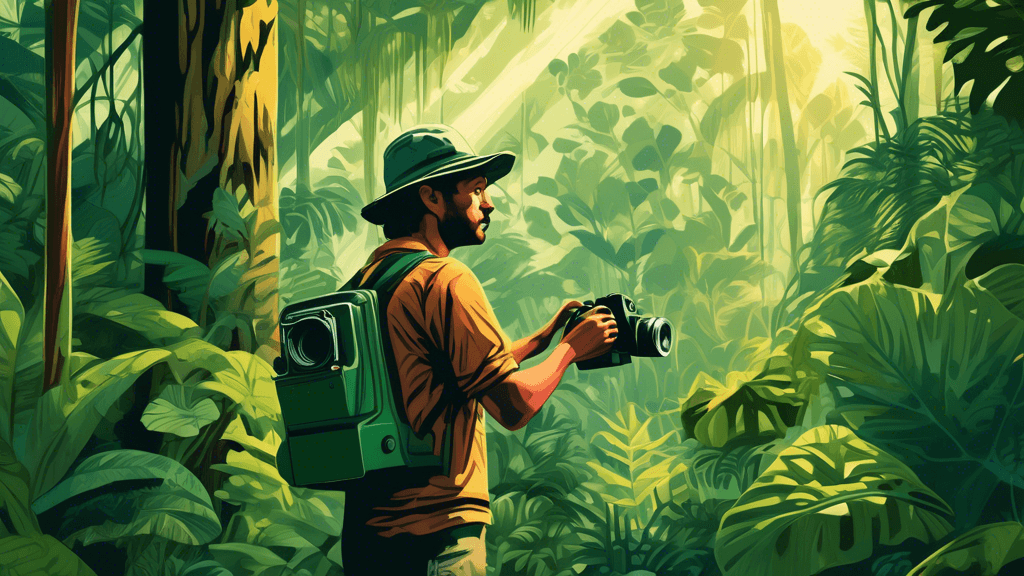
Photography's Role in Environmental Conservation and Awareness
Share
The Critical Role of Photography in Environmental Conservation and Awareness
At first glance, photography might seem merely like an art form or a way to capture memories. Yet, when wielded with purpose and skill, it becomes a potent tool for environmental conservation and awareness. But how exactly does photography contribute to saving our planet, and why should we care?
The Power of a Single Image
Have you ever seen a photograph of a polar bear stranded on a shrinking piece of ice or a bird ensnared in plastic waste? Such images evoke a profound emotional response, often more than statistics or scientific reports can achieve. This emotional connection is where photography excels, bringing distant environmental issues right to our doorsteps. Consider this: what impact can a single image have on public perception and policy change?
Documenting Change Over Time
Photographers play a crucial role in documenting environmental changes. By revisiting locations over days, months, or years, photographers capture the gradual changes that might not be noticeable to the casual observer, effectively creating a visual timeline of environmental degradation or recovery. This kind of documentation is invaluable for scientists, researchers, and activists striving to understand and combat ecological threats. It's also essential for educating the public about the ongoing changes occurring in their environment, which are often subtler and slower-developing.
- Historic documentation of glacier retreat through repeat photography
- Tracking reforestation or deforestation in sensitive biomes
- Visual evidence of urban sprawl or pollution accumulation
Photography as a Tool for Advocacy
Advocacy groups often use powerful imagery in their campaigns to garner support and provoke action. A stark, powerful image can become iconic, representing broader issues and mobilizing public response. Renowned conservation photographer, Ansel Adams, once stated, Photographs not only show us the beauty of the natural world, which we're fighting to save but also can directly inspire people to action.
Images also play a critical role in fundraising and stirring empathy among the global population for conservation projects. By showcasing the beauty of biodiversity and the stark impact of human activities, photographers can encourage a stronger connection to the environment that text alone may not accomplish.
Challenges and Ethical Considerations
Despite its vast potential, conservation photography does come with challenges, particularly concerning ethics and the impact on wildlife. It's crucial to consider the following:
- Disturbance to natural habitats when capturing photographs
- Use of baiting or other methods to attract animals can create harmful dependencies or unnatural behaviors
- The portrayal of wildlife in ways that may mislead or sensationalize their plight
Responsible practices must be a significant part of the conservation photographer's toolkit to avoid these pitfalls and contribute genuinely to environmental advocacy and education.
Conclusion: A Picture is Worth a Thousand Words
The phrase A picture is worth a thousand words resonates profoundly within environmental conservation. As narrative tools, photographs possess the unique capacity to transcend cultural and linguistic barriers, delivering powerful messages about the urgent need for conservation and sustainable practices. Photography not only raises awareness but also acts as a call to action by visually chronicling the impacts of climate change and human interference on nature.
Whether you are a professional photographer, an enthusiast, or simply someone who cares about our planet, consider the impact your photographs can have. How might you use your lens to make a difference? Let us all be stewards of the Earth, capturing its beauty and its cries for help through our cameras, and inspire change with every shot we take.





